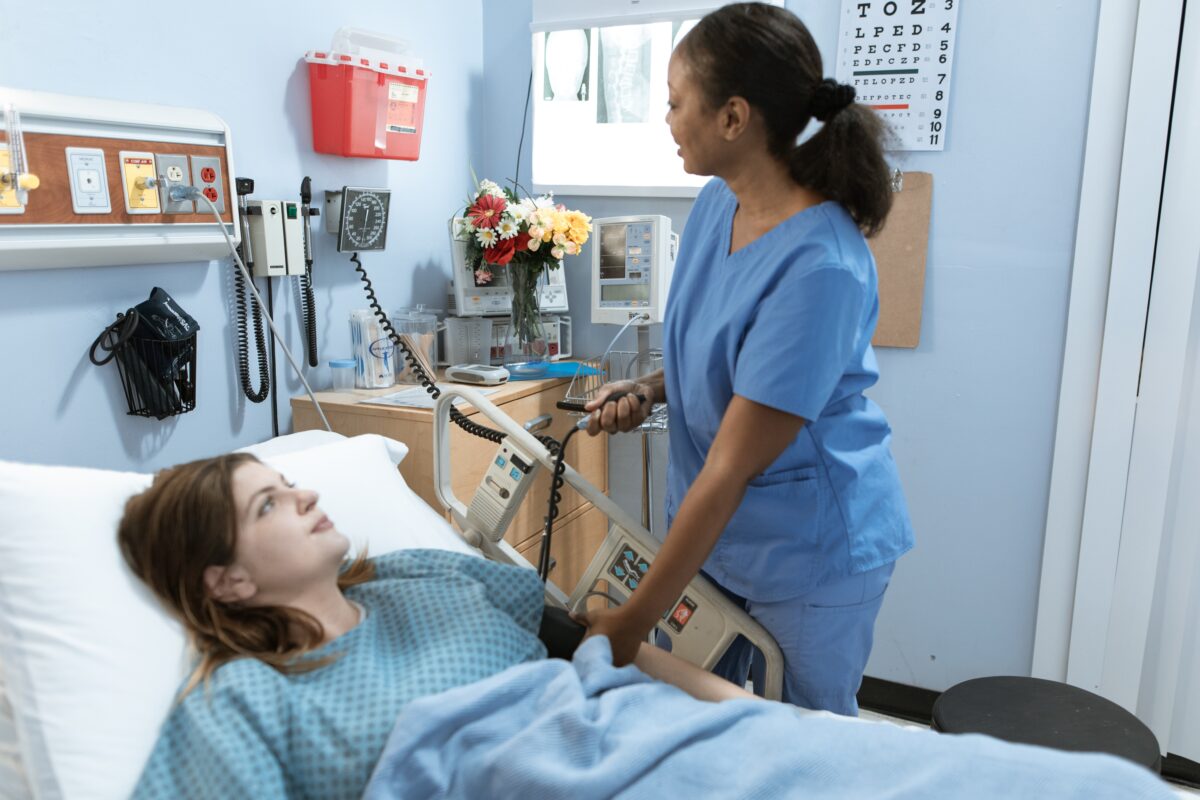Healing After a Surgery
Surgery can be an incredibly effective way to treat various health conditions. However, It can leave patients feeling weak, sore, and vulnerable. Therefore, it’s important to remember that recovery is as important as the surgery itself.
After surgery, whether it’s for a broken bone, cosmetic, or a more serious medical procedure, the healing process is essential to ensure a speedy and complete recovery and get back to your old self. Of course, everyone heals differently, and there is no “one size fits all” approach to promoting healing. However, there are many ways to promote both conventional and holistic healing. Here are some of the top ways to help heal after surgery.
Rest and Relaxation
After surgery, it’s critical to get plenty of rest. This doesn’t mean you have to stay in bed all day, but it does mean taking it easy and avoiding strenuous activity. When your body is at rest, it can better focus on healing.
Relaxation is also vital for healing. Stress can interfere with the healing process, so find ways to relax and de-stress. This may include deep breathing exercises, meditation, yoga, or anything else that helps you relax.
Compression Stockings
If you have surgery on your legs, knee, abdomen, or hip and have limited movement, your doctor may recommend wearing compression stockings. Compression stockings come in handy post surgery as they help reduce swelling and promote healing by applying pressure to the area. Several other benefits include enhancing blood circulation and preventing spider and varicose veins formation.
Your doctor will let you know how long you should wear the stockings and what size you need. It’s essential to wear them as directed to get the full benefit.
Eat a Healthy Diet
Eating a healthy diet is vital for everyone, but it’s crucial for those who are recovering from surgery. A healthy diet will provide your body with the nutrients it needs to heal.
Focus on eating plenty of fruits, vegetables, whole grains, and lean protein. Avoid processed foods, sugary drinks, and excessive amounts of caffeine.
Taking Prescribed Medications
Be sure to take any prescribed medications as directed. Pain medication can help you feel more comfortable and make getting the rest you need easier.
Anti-inflammatory medication can also help reduce swelling and promote healing. It’s best to avoid self-medication as it might interact with other drugs and cause serious side effects.
Keep the Wound Clean and Dry
It’s vital to keep the surgical wound clean and dry to prevent infection. Your doctor will give you specific instructions on caring for your wound. This may include cleaning the wound with antiseptic solutions, using an antibiotic ointment, and changing the dressing.
Use Ice or Heat
Applying ice or heat to the surgical area can help to reduce pain and swelling and help improve circulation. Apply ice for 15-20 minutes every few hours for the first few days after surgery. After that, you can switch to heat to help relax the muscles and promote healing. As much as this works, it’s best to ask your doctor so that you don’t cause more harm than good. Also, your doctor will advise on when is the best time to start and stop using heat or ice.
Complementary and Alternative Therapies
Many complementary and alternative therapies can help promote healing after surgery. These include acupuncture, aromatherapy, massage, and Reiki.
Be sure to talk to your doctor before starting any new therapies. Some may not be appropriate for your particular situation.
Wear the Right Support
If you’ve had surgery on your back, knee, or another joint, you may need to wear a support to help promote healing. A brace or wrap can help to stabilize the area and prevent further injury.
Wearing the right support can also help to reduce pain. Your doctor will let you know if wearing support is appropriate for your situation.
Elevation
Elevating the surgical area above your heart level can also help reduce swelling and promote healing. It’s best to keep the area elevated for at least the first few days after surgery.
Your doctor will let you know how long you should continue to elevate the area. You may need to elevate for a few weeks or even months in some cases.
Ambulate Early
Getting up and moving around as soon as possible after surgery can help to reduce the risk of blood clots, pneumonia, and other complications. It can also help to improve your overall recovery.
Of course, you’ll need to take it easy at first and listen to your body. Your doctor will tell you when it’s safe to start moving around and how much you can do.
Exercise
Even though you need to take it easy after surgery, exercise is essential for promoting healing. Exercise helps improve circulation, which can help to reduce swelling and promote healing.
Start with gentle exercises and gradually increase your activity as you feel stronger. Walking is a great way to get started.
These are just some of the ways you can promote healing after surgery. Talk to your doctor about what’s best for you. And remember, everyone heals differently, so give yourself time to recover.

